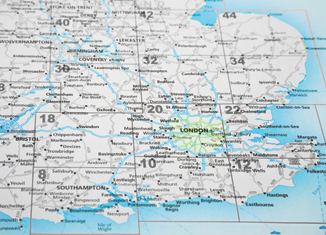Real estate has long held the status of being one of the safest investments to make. Nowhere is this as true as in the UK, where a culture of ownership prevails and the presence of some of the most exclusive addresses in the global market makes it a very attractive location to invest in property.
According to figures released by the Council of Mortgage Lenders, activity in the real estate finance market is at the highest level since 2008, reaching £18.9bn in January 2017. Some markets are indeed experiencing an unprecedented rate of growth, particularly outside of London and in the North, where less inflated prices offer much greater profit margins. According to one lender, the North is booming. Whilst a large supermarket is financing Permitted Development for office to residential in Manchester city centre, a southern county council is doing the same within earshot. Developers who invest in smaller, more affordable properties also appear to be experiencing success. This is due to the current surge mainly fuelled by first-time buyers.
However, buy-to-let (BTL) and home mover activity continues to display signs of weakness at the top end of the market, as evidenced by investors citing difficulty of selling anything above £1,000 per sq. ft.
Perhaps the most interesting trend is the increase in the number of new entrants to the market. Hedge funds, challenger banks and individual investors all want a slice of the real estate pie, their appetite sharpened by low interest rates which the Bank of England has shown little signs of increasing any time soon. So what do new entrants to the real estate finance market need to be aware of?




















